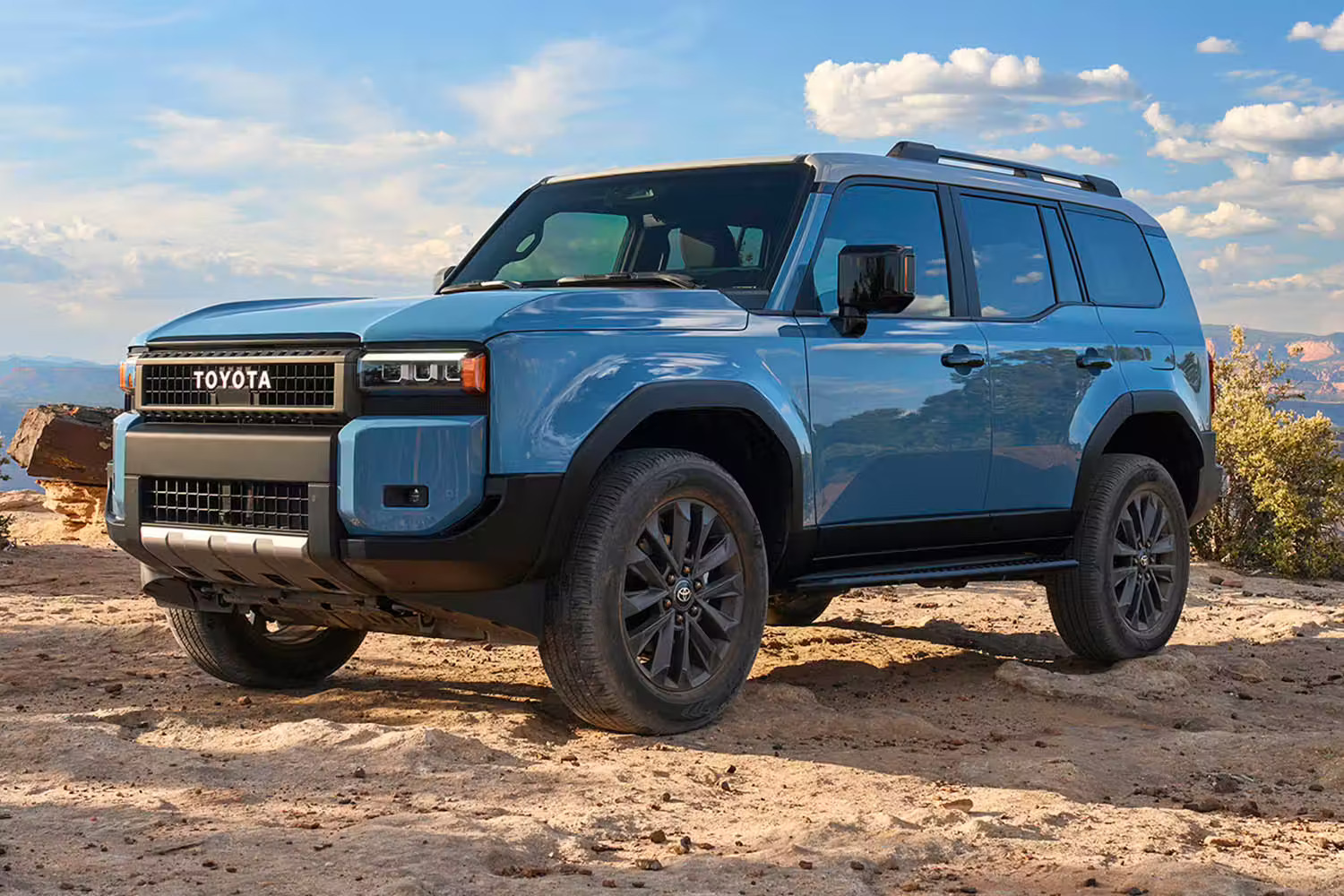In an automotive world where innovation moves at lightning speed, cars become outdated faster than ever. Consumers expect constant updates, new tech, advanced safety features, and efficiency gains — not every few years, but seemingly every few months.
Yet, while many vehicles quickly fade into obsolescence, a rare few seem immune to the passage of time. These cars continue to feel fresh and relevant no matter how long they’ve been on the road or how many new competitors enter the market.
Some were simply so well-designed at launch that they age gracefully, while others remain cutting-edge through consistent, thoughtful evolution. These vehicles often represent the best of what the industry can offer: timeless design, well-executed engineering, and emotional appeal that stands the test of time.
Meanwhile, there are other vehicles that seem stuck in a time warp. Whether due to lack of investment from manufacturers, outdated platforms, or a refusal to evolve with consumer expectations, these cars feel increasingly out of touch with the modern landscape.
They may still sell well, particularly to loyalists or bargain hunters, but they no longer inspire confidence or enthusiasm.
Often, they carry the burden of legacy engineering decisions and cost-cutting that make them feel more like automotive fossils than dynamic modern machines. In many cases, these vehicles once represented innovation or bold design, but time has not been kind.
This article will explore both ends of that spectrum. First, we’ll examine five cars that never feel outdated, thanks to timeless appeal, forward-thinking design, or constant refinement. These are vehicles that stand out today just as much as — or even more than — when they first debuted.
Then, we’ll look at five cars that are stuck in the past, still clinging to outdated components, stale styling, or obsolete tech. Each car will be broken down into three detailed paragraphs, giving you a clear view of what makes a vehicle age well or poorly.
Whether you’re shopping for your next car or simply fascinated by how models evolve, this list offers a snapshot of automotive progress (or lack thereof) in motion.
Also Read: 5 Cars That Are Great for Tall Drivers and 5 That Aren’t
5 Cars That Never Feel Outdated
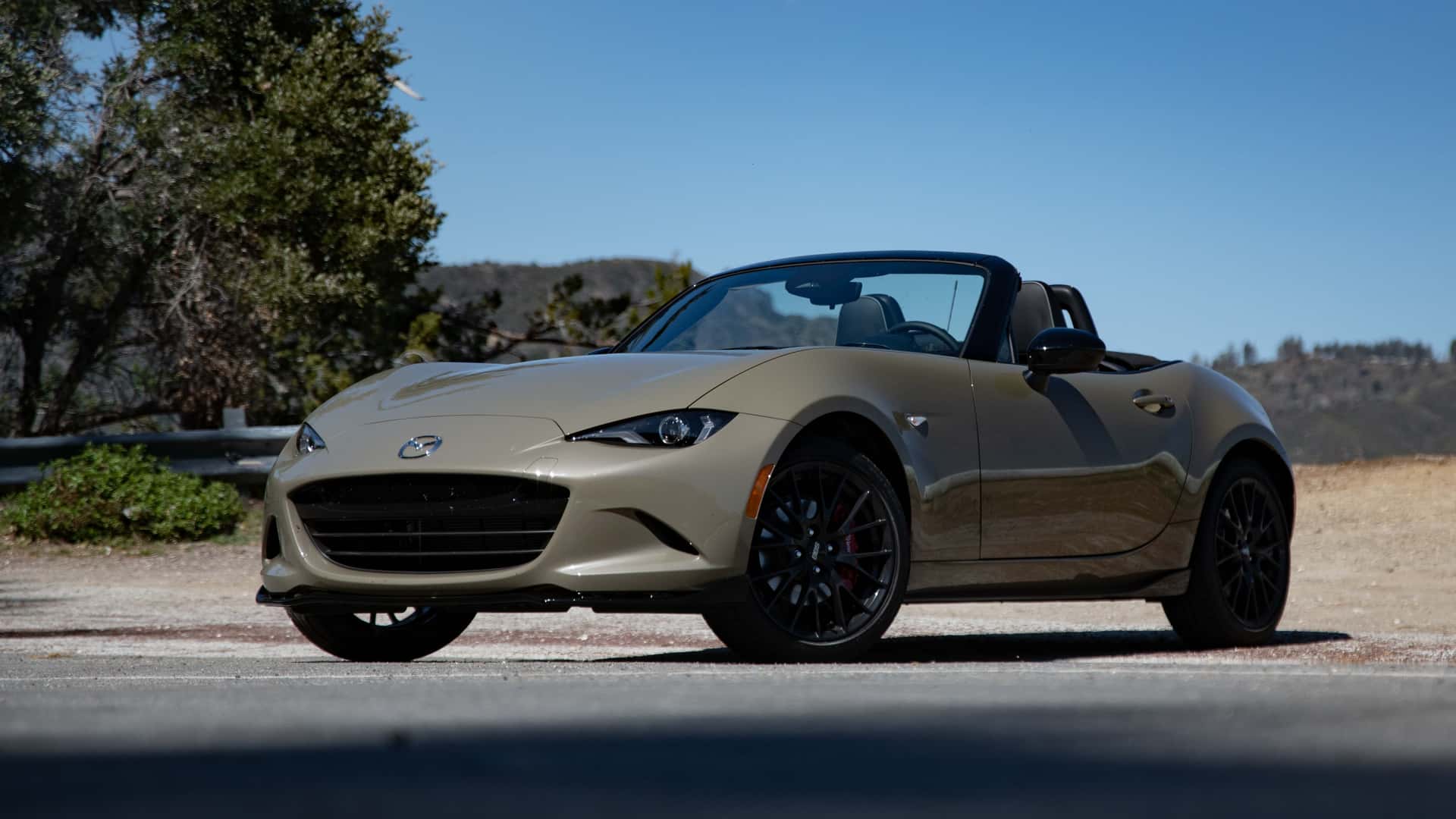
1. Mazda MX-5 Miata
The Mazda MX-5 Miata is one of the rare vehicles that manages to feel contemporary no matter which decade you’re in. First introduced in 1989, the Miata has always championed a simple recipe: lightweight chassis, rear-wheel drive, a naturally aspirated engine, and a driver-focused layout.
The current ND-generation, launched in 2015, continues this legacy with a modern twist — offering sharper design, refined materials, and a punchier 2.0L engine that still keeps weight and complexity in check.
Even with minimal horsepower compared to other sports cars, the Miata delivers a joyous, analog driving experience that’s increasingly rare in today’s tech-saturated world.
What keeps the Miata so fresh is its commitment to evolution without compromising its core identity. Mazda continuously refines the ND-generation, tweaking suspension tuning, improving ergonomics, and even increasing the engine’s rev limit in later models.
It offers manual and automatic transmissions, convertible and RF (targa) roof options, and a well-balanced platform that responds intuitively to driver input. In a sea of cars that prioritize spec-sheet bragging rights, the Miata instead appeals to purists — those who value how a car feels more than how fast it goes.
Its minimalist interior also works in its favor. With tactile controls, excellent visibility, and just enough modern infotainment to avoid feeling barebones, the Miata strikes the perfect balance between classic and current. It’s an honest car that’s aged gracefully, reminding us that real driving joy never goes out of style — and neither does the Miata.
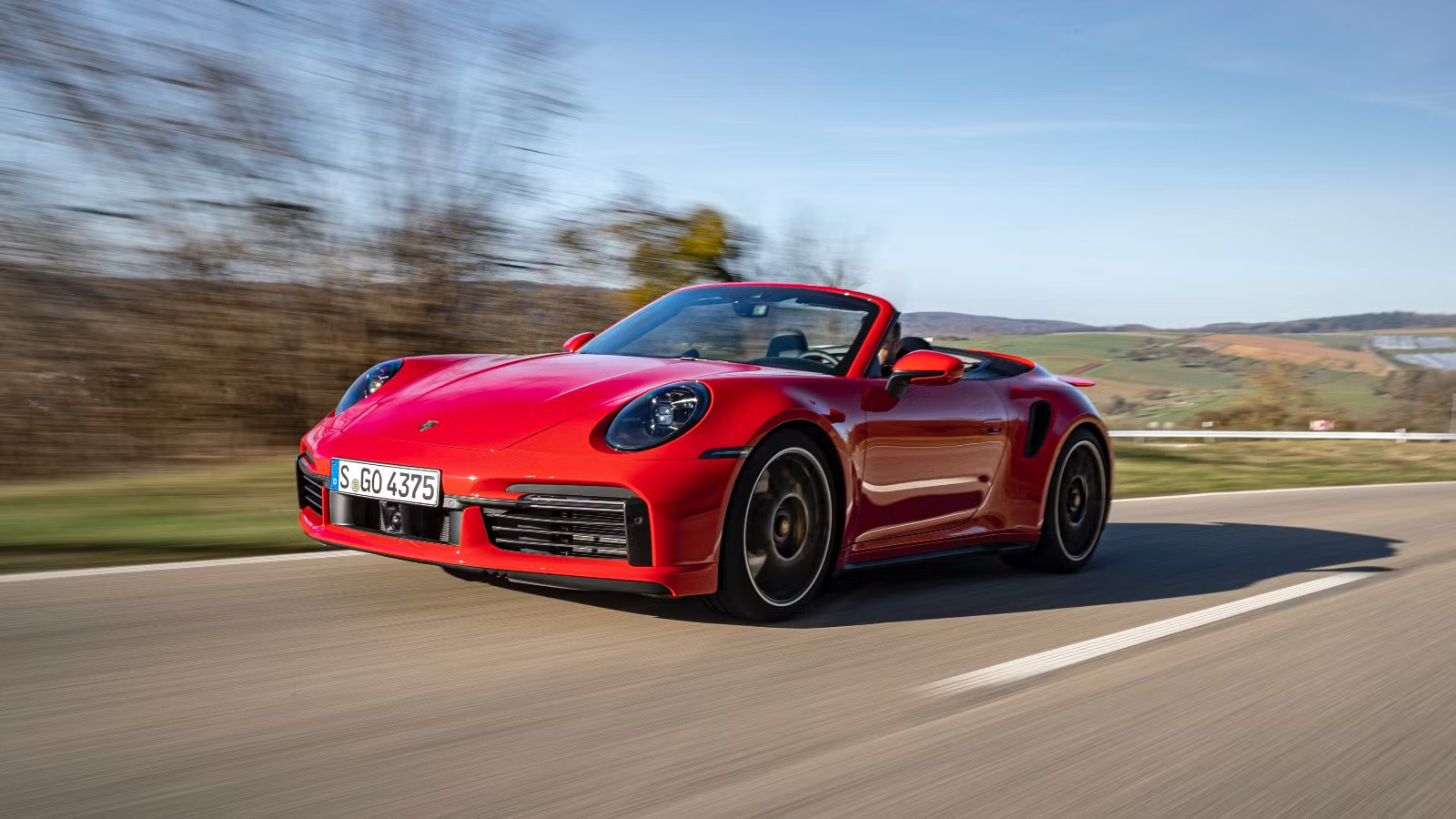
2. Porsche 911
Few vehicles represent timeless design and consistent evolution as masterfully as the Porsche 911. Since its inception in the 1960s, the 911 has followed a steady trajectory of refinement over reinvention.
The signature silhouette remains instantly recognizable, yet each new generation — including the current 992 — brings with it a host of performance, tech, and comfort upgrades. This ability to evolve without abandoning heritage is what keeps the 911 feeling relevant year after year, generation after generation.
The 911’s driving experience also contributes to its enduring appeal. Regardless of trim — whether it’s a Carrera, Turbo, or GT3 — the car maintains exceptional balance, intuitive handling, and a level of driver engagement few others can match.
Porsche’s commitment to quality and precision engineering means the car is as impressive on the road as it is on the track. Even older 911s, like the 997 and 991, still feel fresh thanks to their mechanical feedback and timeless dynamics, a testament to how far ahead Porsche always seems to be.
Inside, the cabin manages to be both luxurious and functional. Materials are top-notch, controls are logically placed, and recent versions feature a crisp digital-analog gauge blend that feels modern without being overwhelming.
The 911 manages to integrate advanced driver-assist systems and infotainment without cluttering its essence — a quality that’s increasingly hard to find. Simply put, the Porsche 911 is more than a car; it’s a living legacy that continues to define what timeless engineering looks like.
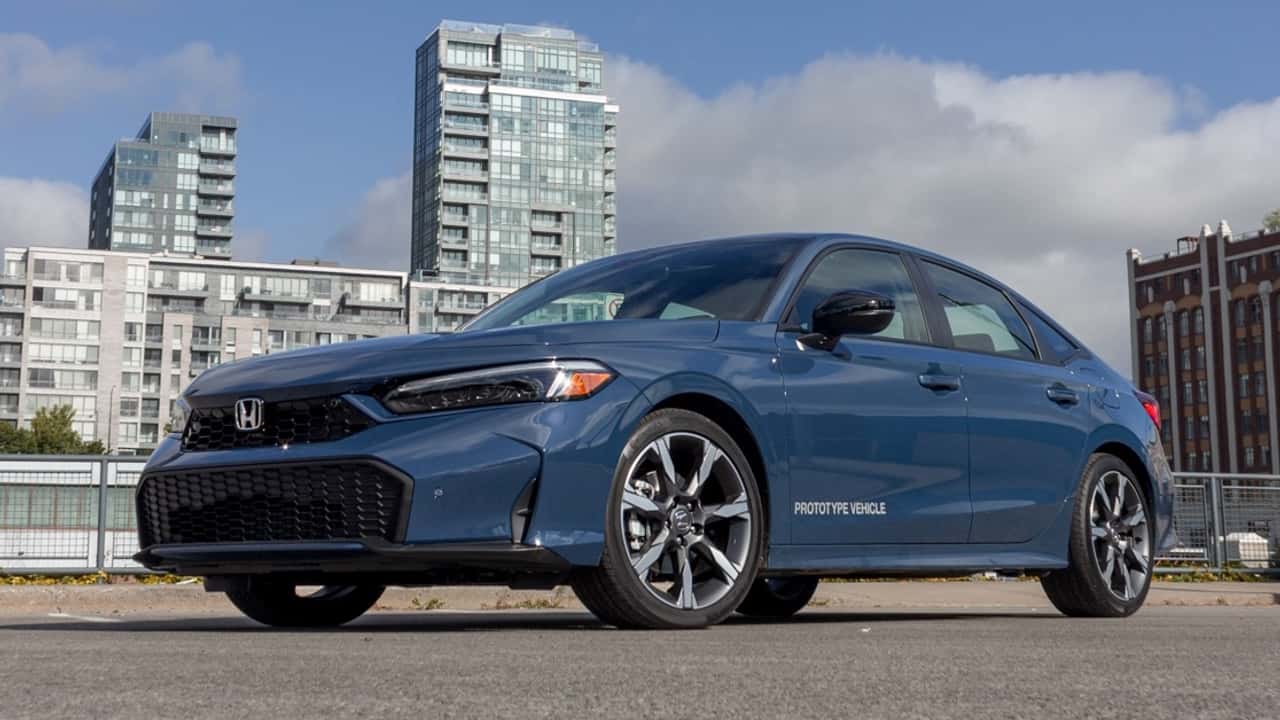
3. Honda Civic (11th Generation)
With the release of the 11th-generation Civic, Honda has brought this iconic nameplate back to the top of its class. The design is subdued, mature, and sophisticated — a sharp departure from the overstyled 10th-gen models.
This new approach gives the Civic an immediate timelessness; it doesn’t scream for attention, but it earns it through well-proportioned lines, a refined stance, and details that suggest durability and class. The Civic now looks more like an Audi A3 than a budget compact — and that’s a compliment.
Beyond its appearance, the Civic remains incredibly practical. It offers excellent fuel economy, smart interior packaging, and a ride-and-handling balance that puts more expensive competitors to shame.
Steering is direct, the suspension is taut without being punishing, and road noise is impressively muted. The Civic also excels in offering a cohesive lineup — from the base model to the sporty Si and track-ready Type R — each variant feels dialed-in and purposeful.
Interior improvements are perhaps the most significant. The Civic’s cabin now rivals entry-level luxury cars, with a clean horizontal layout, tactile climate controls, metal mesh vent trim, and a clear, responsive infotainment screen.
Honda has also invested heavily in safety, with every model coming standard with Honda Sensing, a suite of active safety technologies. These upgrades mean the Civic no longer just competes in its class — it redefines it. It feels modern in every sense of the word and will likely continue to feel that way for years to come.
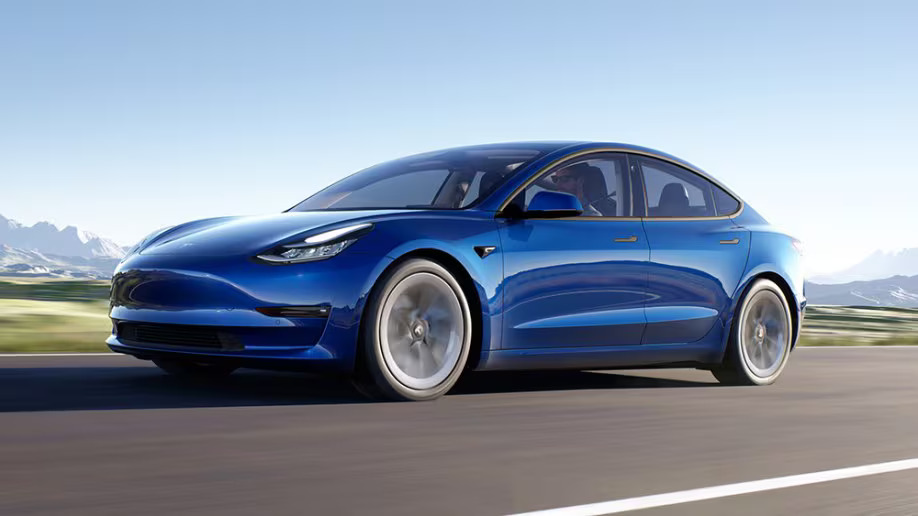
4. Tesla Model 3
Since its release in 2017, the Tesla Model 3 has redefined what a modern vehicle looks and feels like. The clean, minimalistic interior, centered around a single touchscreen, was initially polarizing, but now feels ahead of its time.
Over-the-air software updates ensure that the Model 3 improves with age, gaining new features, interface improvements, and even performance tweaks without visiting a dealer. This approach to product development sets the Model 3 apart from almost every other vehicle on the road today.
From a driving perspective, the Model 3 remains highly competitive. Instant torque, razor-sharp acceleration, and a low center of gravity, thanks to the battery placement, give it dynamic capabilities that impress even performance car enthusiasts. Tesla’s electric drivetrain makes the Model 3 not just efficient, but exciting to drive.
The Long Range and Performance variants are quick enough to humble many traditional sports sedans, while still delivering impressive range and real-world usability.
Perhaps most importantly, the Model 3 integrates seamlessly with Tesla’s Supercharger network — a key advantage over rival EVs. This infrastructure, combined with software smarts and a continuously improving UI, means that the Model 3 doesn’t just feel modern; it feels like it belongs to the future. Even eight years after its debut, no other EV quite captures the same blend of innovation, performance, and ecosystem connectivity.
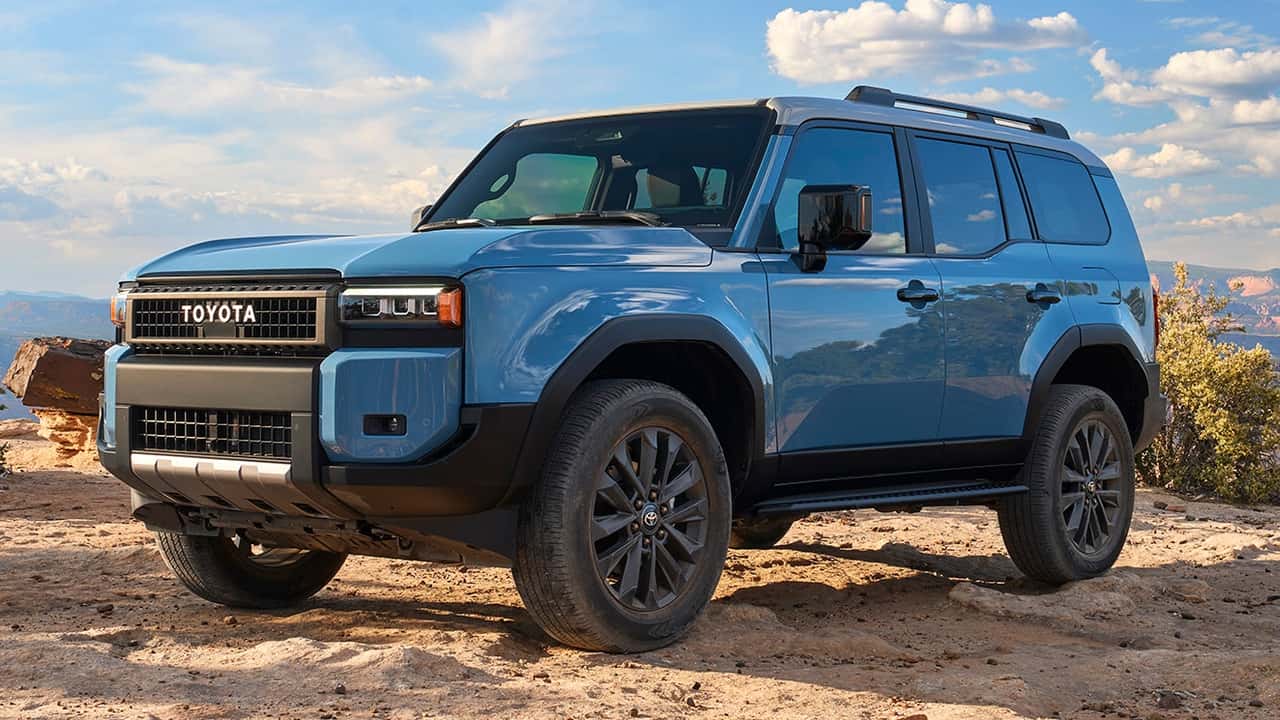
5. Toyota Land Cruiser (J200/J300)
The Toyota Land Cruiser is a masterclass in purposeful design. While many modern SUVs chase trends, the Land Cruiser has always been about durability, capability, and understated luxury. The J200 series, which ran from 2007 to 2021, remained relevant far longer than most vehicles thanks to its bulletproof reliability and go-anywhere capability.
Even with its relatively traditional layout and V8 engine, it continued to impress with quality materials, real-world utility, and a sense of toughness that never feels outdated.
With the newer J300 generation, Toyota brought the Land Cruiser into the modern age while preserving everything that made it legendary.
The V8 is replaced by a more efficient twin-turbo V6, the platform is lighter, and the cabin is significantly more luxurious — yet the core mission remains unchanged. It still feels like a vehicle designed to conquer continents, not just curbs. This blend of modern engineering with old-school toughness is what keeps the Land Cruiser timeless.
In a world full of soft, crossover SUVs trying to act rugged, the Land Cruiser doesn’t have to pretend. It’s built from the ground up to handle anything, whether that’s rocky mountain trails or decades of family road trips.
It’s a symbol of Toyota’s long-term thinking — and proof that when you build something right, it doesn’t need to be reinvented
5 Cars That Are Stuck in the Past

1. Dodge Charger
The Dodge Charger has always been about big power and bold presence, but its current iteration feels more like a relic from the muscle car era than a forward-thinking performance sedan.
Despite multiple facelifts since its launch in 2005, the Charger still rides on an aging platform that lacks the refinement, sophistication, and innovation of newer competitors.
In a world where car enthusiasts are increasingly seeking not just power but also efficiency, handling, and technology, the Charger seems to be stuck in the past, clinging to the glory of its V8 engines and aggressive styling.
Inside, the Charger’s dated design is even more evident. While the car offers generous space, the interior quality and tech are behind the times. The infotainment system feels like it was plucked from a Chrysler from the 2010s, and the materials used in the cabin are far less premium than many of its rivals.
The ride quality, too, leaves much to be desired; it’s overly firm and doesn’t deliver the level of refinement expected in modern sedans, especially at its price point. The lack of advanced driver-assistance features in base models makes it clear that Dodge is more focused on maintaining its muscle car legacy than evolving with the times.
On the performance front, while the Charger’s V8 engine and Hellcat variants still offer raw, tire-shredding power, the car’s handling dynamics and refinement have been left behind by newer offerings from competitors like the BMW 5 Series, Audi S6, or the Genesis G80.
While some might argue the Charger’s performance can still stand tall against its rivals, it lacks the balance, efficiency, and technological sophistication of more modern high-performance sedans.
The Charger’s refusal to embrace full electrification or at least a more modern hybrid powertrain makes it an increasingly hard sell in a world that’s moving toward sustainability.
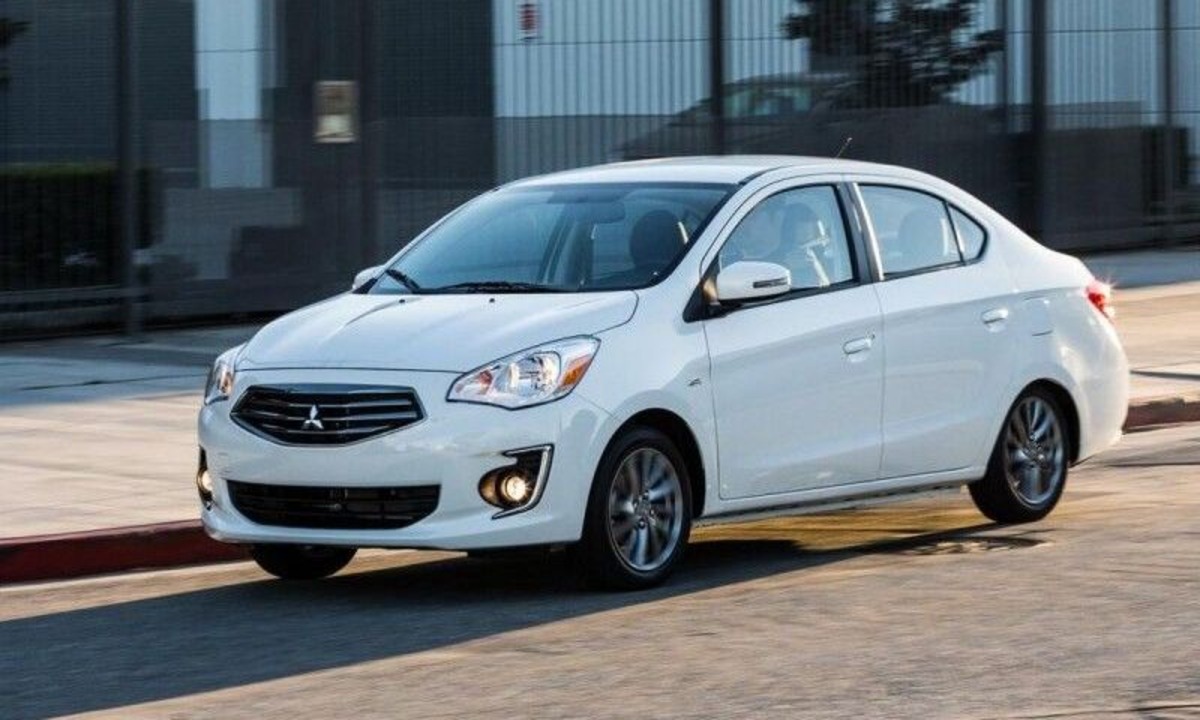
2. Mitsubishi Mirage
If you want a car that feels stuck in the past in every possible way, look no further than the Mitsubishi Mirage. While it’s one of the cheapest new cars available, the Mirage also feels like it’s from a time when car manufacturers thought that bare-bones transportation was enough.
It features a tiny, underwhelming engine that struggles to keep up with modern traffic, and its ride and handling are far from inspiring. While its low starting price is certainly appealing for budget-conscious buyers, the driving experience, or lack thereof, can feel archaic.
The interior of the Mirage is equally uninspiring. It’s a place where basic materials dominate, with hard plastics and uncomfortable seating all around. The infotainment system is bare-bones, with features and connectivity that feel straight out of a car from the early 2000s.
When compared to other subcompact cars, the Mirage falls behind in terms of both style and technology. Even the ride quality, typically a strong point for small cars, is rough and unrefined, giving drivers the sensation that they’re riding in a much older vehicle than it is.
Despite being a fuel-efficient vehicle, the Mirage lags in critical areas where competitors have evolved. In a segment where new models are embracing better tech, improved safety features, and more engaging driving dynamics, the Mirage remains a throwback to an era of inexpensive, no-frills cars that offer little more than basic transportation.
It’s hard to justify buying a Mirage when there are so many other options that feel far more modern and rewarding to drive. Its lack of innovation and its adherence to outdated design philosophies place it firmly in the past.
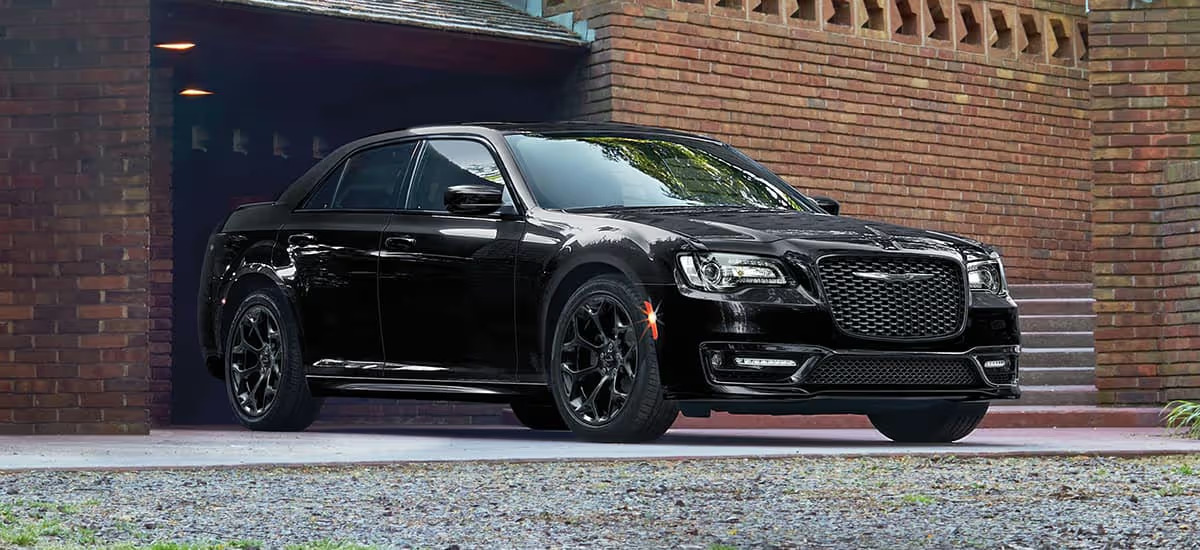
3. Chrysler 300
The Chrysler 300 was once the epitome of bold American design, offering a rear-wheel-drive layout, a spacious interior, and muscular engines, all wrapped in an imposing, boxy frame. However, the 300 has remained largely unchanged since its debut in 2005, with only minor facelifts to keep it relevant.
The result? A car that feels out of sync with the times, particularly when compared to its rivals, which have embraced new tech, more efficient engines, and more refined interiors.
Despite a facelift here and there, the 300 seems content to sit on its laurels, relying on its status as a full-size sedan with big power rather than evolving with modern automotive trends.
The interior, though spacious, feels stuck in a time warp. The cabin materials are a mix of soft-touch surfaces and hard plastics that are inconsistent with today’s expectations for luxury. The infotainment system feels sluggish and dated, lacking the intuitive controls and features found in newer competitors.
Even with higher trim levels like the 300C, the car struggles to deliver the level of sophistication expected from a car of its price. Features that are now standard in other cars, such as wireless charging or a full suite of advanced driver assistance features, are either absent or offered as expensive options in the 300.
When it comes to performance, the Chrysler 300’s powertrains — while powerful — feel a bit out of place. The V6 and V8 engines still deliver respectable performance, but they lack the smoothness and refinement of newer options like turbocharged inline engines or hybrid systems.
Moreover, the handling is not particularly engaging, making the 300 feel cumbersome in comparison to modern sedans that prioritize agility and performance.
While the Chrysler 300 still has some appeal for buyers seeking a large sedan with power, it’s hard to deny that it feels like a product of a bygone era, especially in a world where the automotive industry is pushing towards electrification and digital experiences.
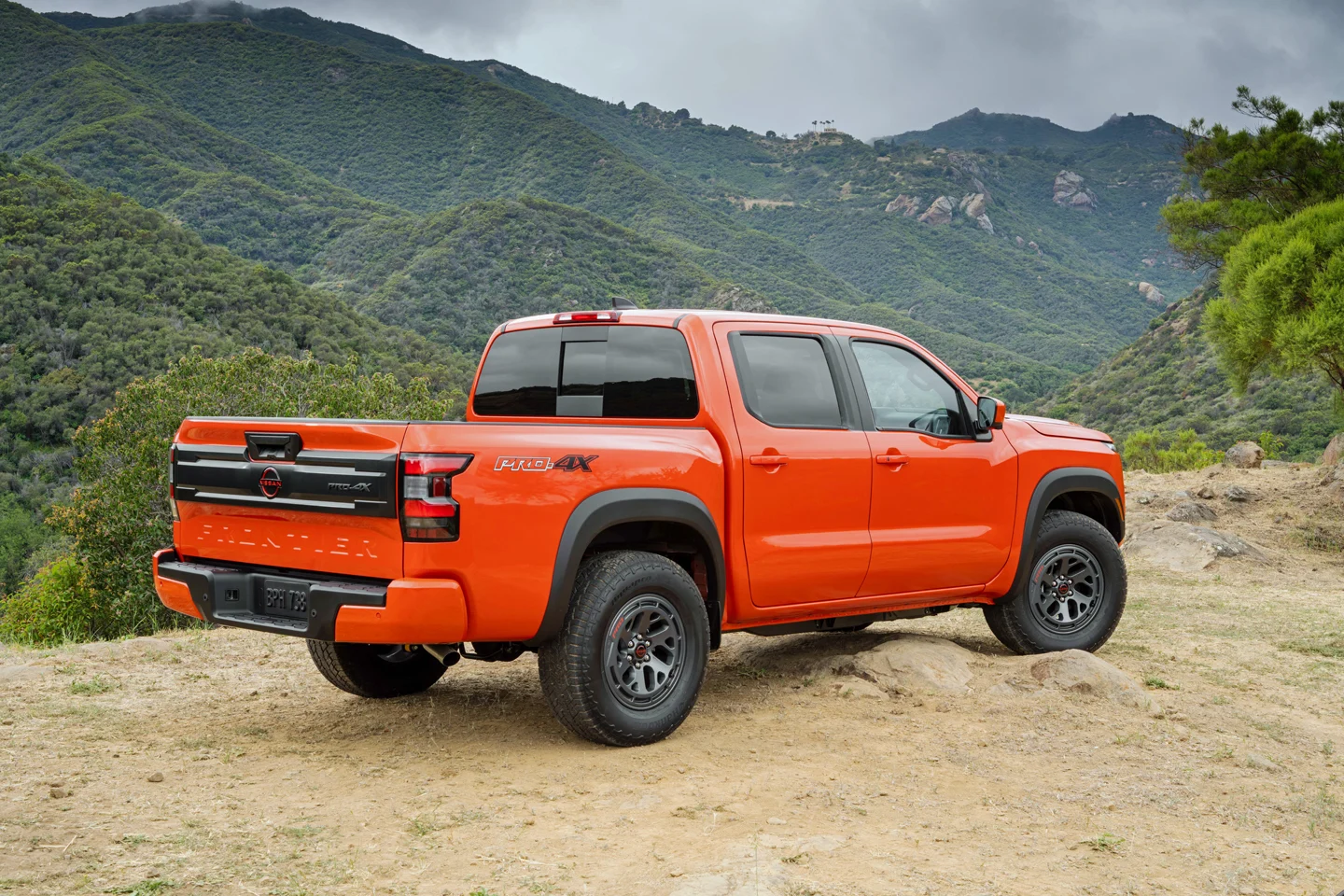
4. Nissan Frontier (Pre-2022 Model)
For over 15 years, the Nissan Frontier soldiered on without a complete redesign, and it shows. While this mid-size truck continued to sell thanks to its simplicity and lower cost, the old Frontier simply could not compete with more modern rivals like the Toyota Tacoma or Ford Ranger.
It used an aging platform that wasn’t particularly comfortable, efficient, or high-tech by modern standards. The Frontier’s interior was basic, offering very little in the way of modern tech, comfort, or style. Even simple features like USB ports and advanced safety systems were missing or limited in the pre-2022 model.
In terms of performance, the old Frontier’s V6 engine and 5-speed automatic transmission felt antiquated compared to the newer turbocharged engines and more efficient transmissions found in newer trucks.
It was clear that Nissan had simply left the Frontier to limp along with minimal updates, giving it a hard time competing against trucks that offered better driving dynamics, more power, and superior technology. The ride quality, especially on highways, was rough, and the cabin felt outdated even for budget-conscious truck buyers.
Nissan’s lack of investment in the Frontier left it in a position where it felt behind, rather than competitive with, the growing number of capable mid-size trucks.
Fortunately, Nissan has since redesigned the Frontier for 2022, updating both its interior and performance. But for years, the old Frontier was a symbol of how even popular models can get left behind when manufacturers stop investing in them.
The pre-2022 Frontier served as a textbook example of how stagnation leads to a product that no longer meets the needs or desires of today’s consumers, stuck in the past and desperately needing an overhaul.
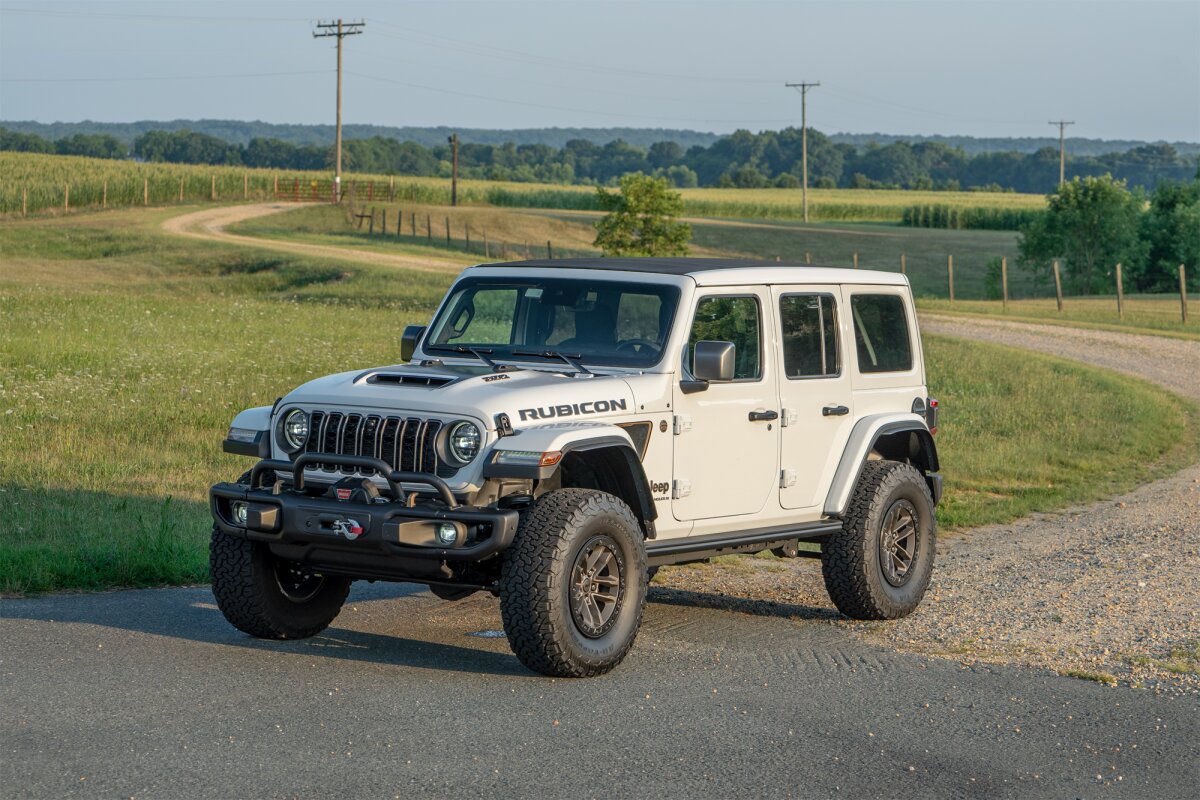
5. Jeep Wrangler (Interior and Tech)
The Jeep Wrangler is beloved by off-road enthusiasts and adventurers for its legendary capability, but when it comes to everyday driving, it shows its age. While the Wrangler excels off-road, its on-road driving experience leaves much to be desired.
The ride is rough, the steering is loose, and the handling feels outdated compared to more refined SUVs. The interior, too, is a glaring example of the Jeep’s reluctance to evolve with the times.
Despite some updates in recent years, the Wrangler still relies on hard plastics, a clunky infotainment system, and minimal attention to comfort, making it feel more utilitarian than modern.
The technology in the Wrangler, particularly the older models, is sorely lacking. Infotainment systems are difficult to navigate, and the user experience often feels clunky compared to the intuitive systems found in more modern SUVs.
Safety features that are now standard in most vehicles, such as adaptive cruise control, lane-keeping assist, and collision warning, are either optional or absent altogether in many Wrangler models.
Jeep has slowly incorporated some of these systems into newer models, but the fact that they were ever missing in the first place highlights just how far behind the Wrangler was in keeping up with the industry.
Despite these shortcomings, the Wrangler’s core appeal remains intact: it’s a rugged off-roading machine with endless customization options. However, for everyday driving, it’s clear that the Wrangler hasn’t kept pace with modern expectations for comfort, tech, and refinement.
The ruggedness that enthusiasts love can make it feel out of place in a world where comfort and connectivity are more important to a growing number of consumers. For those who are seeking a daily driver that’s just as capable on the road as it is off, the Wrangler feels like a step back in time.
The car market is evolving faster than ever, and only those willing to adapt are able to stay relevant. Cars that manage to age gracefully — like the Mazda MX-5 Miata, Porsche 911, and Tesla Model 3 — do so by focusing on what truly matters: great design, consistent innovation, and a commitment to the driving experience.
These cars embody the future while maintaining the essential qualities that made them great in the first place. They continue to evolve to meet the needs of the modern driver, making them feel fresh and exciting, even years after their debut.
On the other hand, some cars have failed to evolve in meaningful ways. Whether due to outdated platforms, clunky tech, or a refusal to adapt to modern trends, vehicles like the Dodge Charger, Mitsubishi Mirage, and Jeep Wrangler show that being stuck in the past is no longer an option.
Also Read: 5 Cars That Are Great for Tall Drivers and 5 That Aren’t
While these cars may still appeal to specific buyers or loyalists, they struggle to keep up with the industry’s move towards innovation, efficiency, and refinement.
As the automotive landscape continues to change, it’s clear that the future belongs to vehicles that are willing to embrace technology, sustainability, and modern design. Cars that resist change — or are too slow to adapt — will increasingly find themselves irrelevant in a market that values progress.
Whether you’re in the market for a new car or simply following the evolution of the automotive industry, understanding which cars are built for the future and which ones are stuck in the past will help you make informed decisions about what’s next for you on the road.

